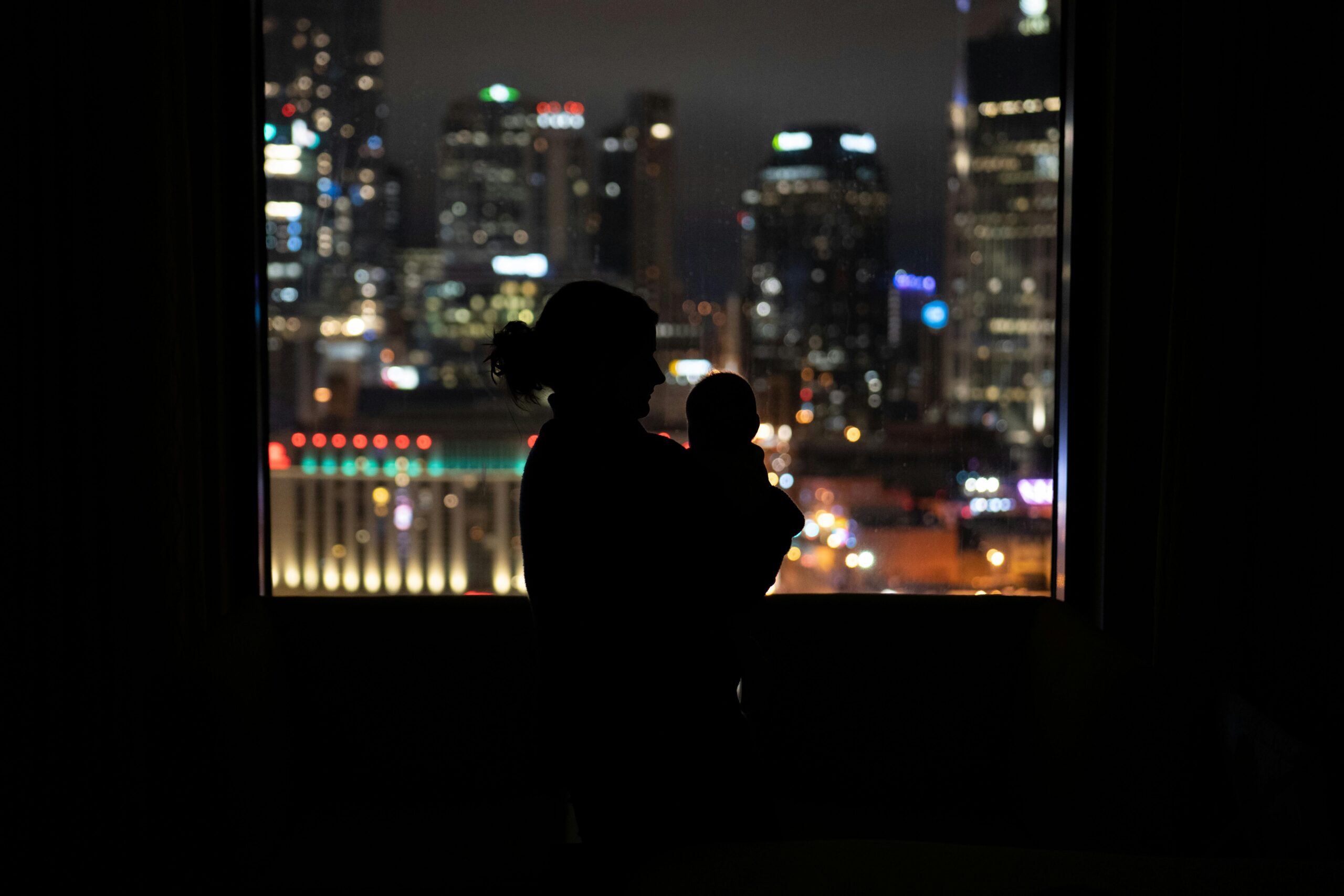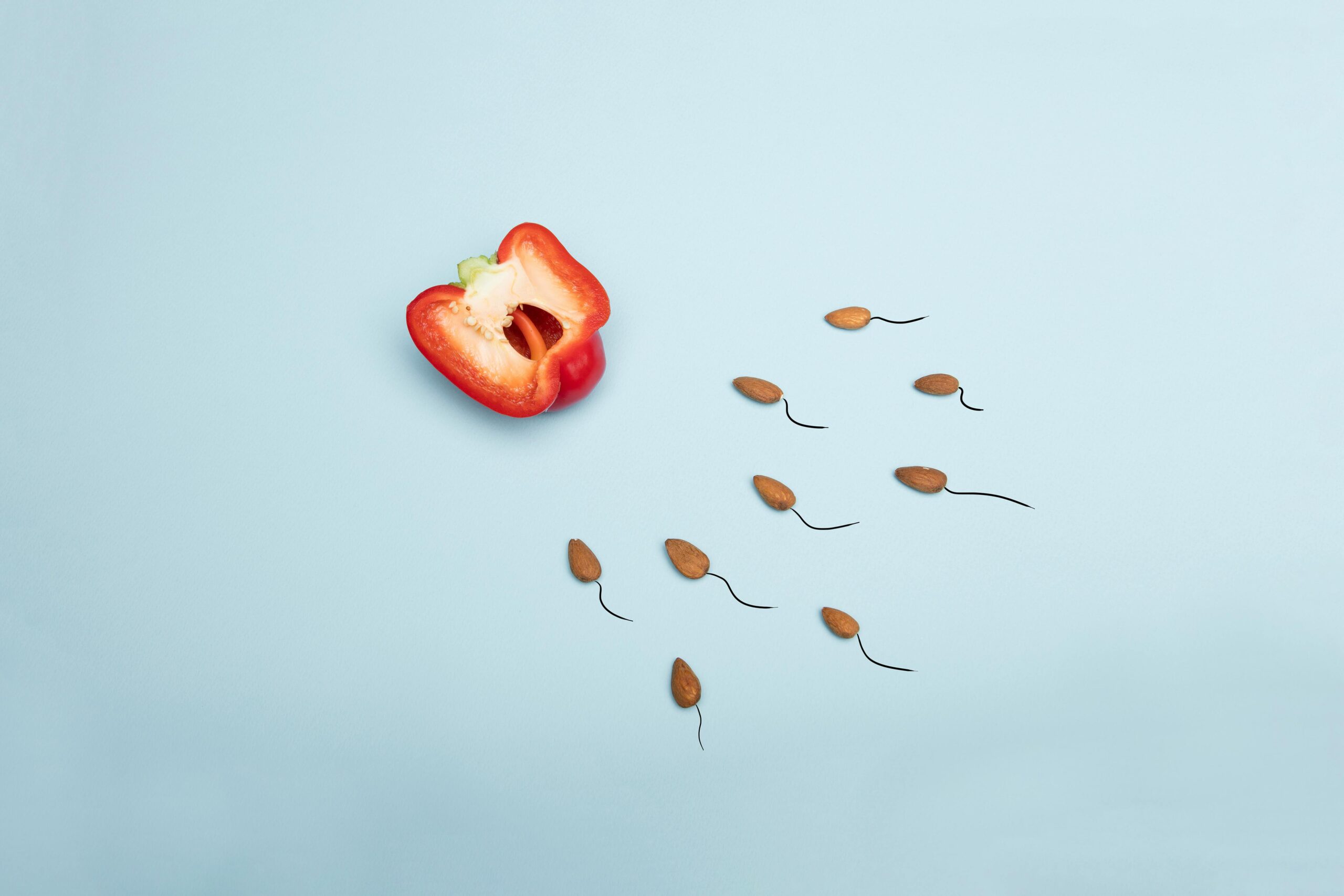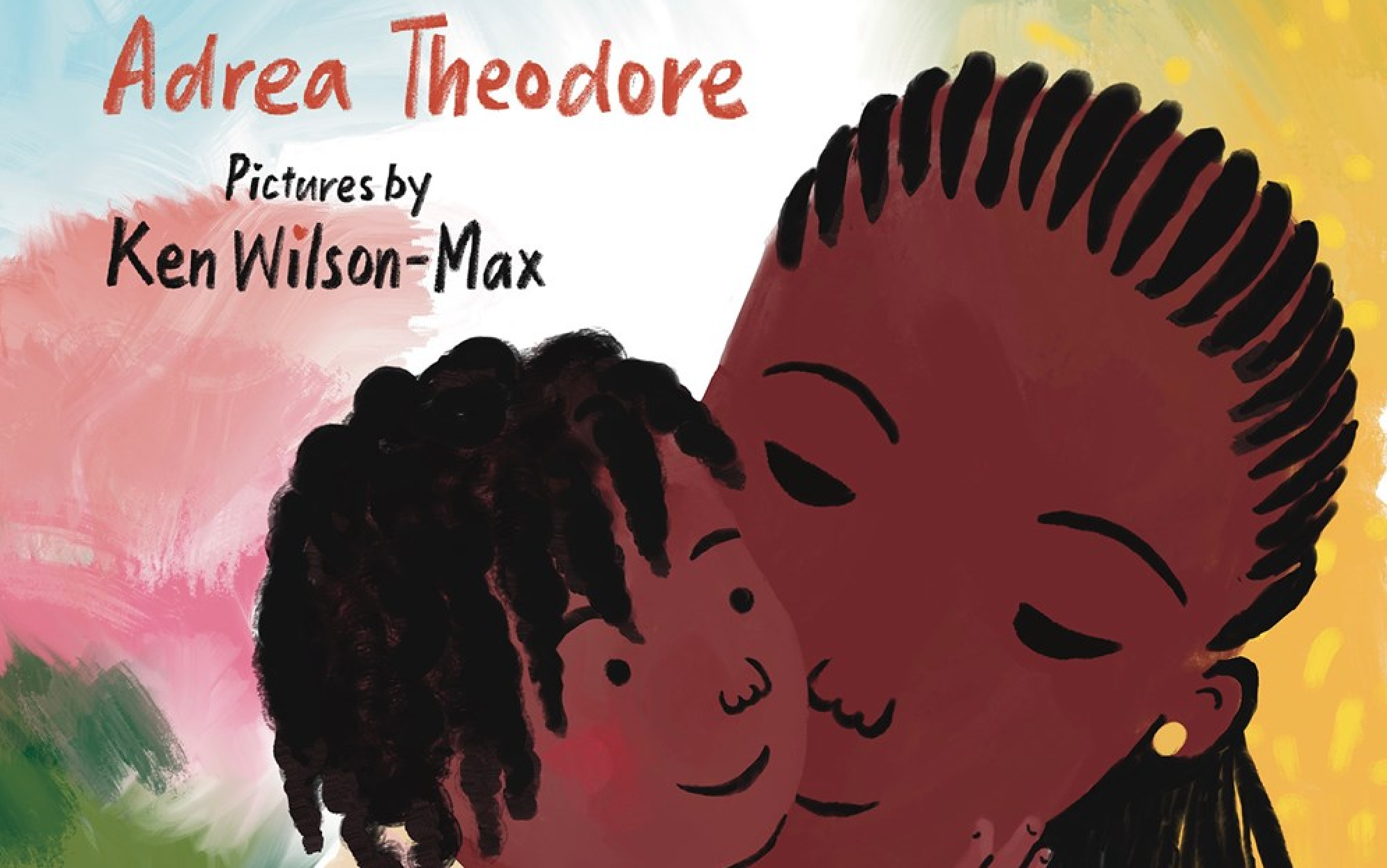
By Annamarie Houlis for Fairygodboss
ore than 20,000 American have been tasked with putting a crayon to paper over the last half-century as part of a series of studies to explore a trend in gender-based perceptions of scientists. And kids, in particular, reveal the affirming trend, as they’re increasingly drawing more women when they imagine scientists.
A team of psychology researchers compiled the data of 78 “draw-a-scientist” studies dating from 1966 to 2016. Through their meta-analysis, they found that, while today’s youth still sees science as a predominantly male profession, more kids than ever before are starting to see it differently.
The results, published in the journal Child Development, are clear. In the 1960s and 1970s, 99.4 percent of children drew men when asked to draw a scientist. Between 1985 and 2016, an average of 72 percent of children drew men. In the 2010s, around one in three children drew the scientists as women. And, if this trend holds steady, the future really could be female — or, at least, equal.
Western Michigan University communications professor Jocelyn Steinke told The Washington Post that the study is “important because it shows that children’s gender stereotypes of scientists have decreased over the past five decades in the United States.” She added, “We see television programs like SciGirls and Project Mc2 and films like Gravity and Hidden Figures that seek to inspire girls by featuring positive female STEM role models.”
David Miller, a psychology researcher at Northwestern University and the lead author of this study, added that the positive trend is probably in part a result of an increasing proportion of female scientists in mass media (Read: Scully in The X-Files, Ellie Sattler in Jurassic Park and Bones in Bones.) and in part because of female scientists in real life. While women are still underrepresented in science, the gap is not as severely as in years past — 35.2 percent of chemists are women, for example, according to the National Girls Collaborative Project.
The study, however, also showed that children tend to associate science with men more as they grow up, perhaps because children draw what they see. Society as a whole needs to change these representations so more kids, as they get older, see what they can be — and, perhaps until then, we need to do some convincing that they can still be what they can’t necessarily see.
AnnaMarie Houlis is a multimedia journalist and an adventure aficionado with a keen cultural curiosity and an affinity for solo travel. She’s an editor by day and a travel blogger at HerReport.org by night.
A version of this post previously appeared on Fairygodboss, a leading career community that helps women get the inside scoop on pay, corporate culture, benefits, and work flexibility. Founded in 2015, Fairygodboss offers company ratings, job listings, discussion boards, and career advice.

















One thought on “Researchers Asked Kids To Draw Scientists – And What Happened Next Will Make Your Day”